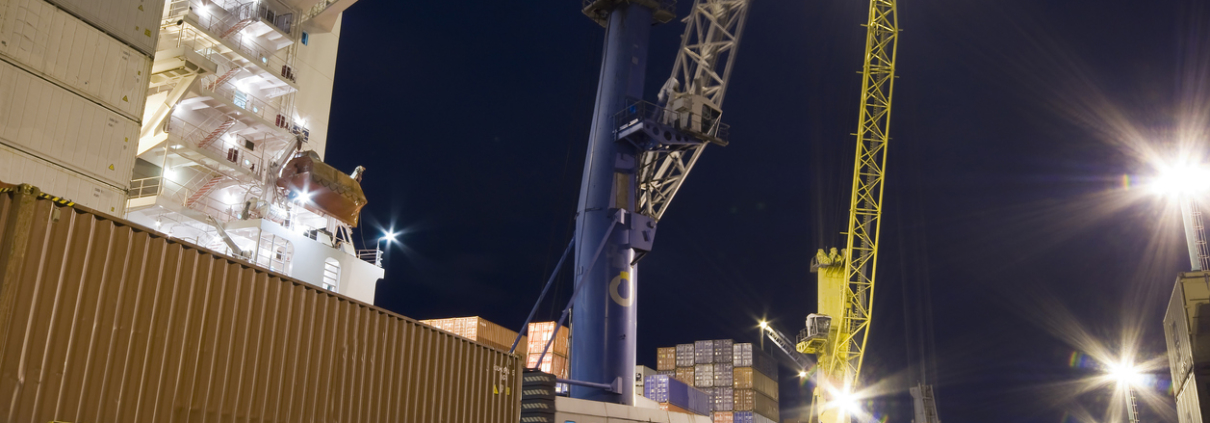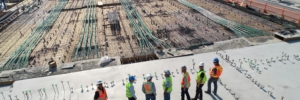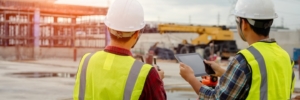How to Avoid Accidental Crane Collisions
Cranes are some of the most ubiquitous machines in the construction industry. While their usefulness is unsurpassed, they are responsible for many of the work-related fatalities in the United States. Statistics from OSHA indicate that, in 2018, one in five of such deaths occurred on a construction site. Safety should always be of primary concern, and with proper procedures and training these losses could all but be eliminated.
On September 16, 2020, a crane collision and collapse caused workers to flee for their lives, injuring 22 of them in the process. Luckily there were no fatalities, though the incident highlights the ever-growing need for appropriate safety precautions and education. Our team of construction site safety experts put together a few simple guidelines that can go a long way to helping prevent crane-related injuries and fatalities when it comes to your job site.
Frequent Inspections
Before starting the day, each crane on the site should be looked over by qualified personnel. This may help find problems before they become serious, such as tangled lines or structural flaws. In addition, cranes should undergo even more scrutiny regularly using a maintenance schedule that will ensure they are kept in proper working order.
Limit Movement
Cranes that operate in tandem on tracks, rails or trolleys should be set up in a way that impact is impossible. Using physical restrictors, such as rubber bumpers, act to prevent movement. Collision avoidance systems utilize sensors to detect movement and proximity, letting the crane operator know an impact is going to occur.
While not a restrictor in the conventional sense, stationing an “umpire” between the cranes will facilitate communication, making sure that they don’t move at the same time.
Tagging Out
One of the best ways to guarantee two cranes won’t be operating at the same time, is to de-energize one. A notification tag lets other employees know that a particular piece of equipment isn’t safe for use, helping to ensure its movement won’t be the cause of an accident.
Work as a Unit
It may seem faster to work alone, but it is much safer (and often easier) to work as a team. Each job site should have a reliable crew to handle cranes. This includes a qualified rigger that can set each load as well as a signalman to help operators guide their cargo into place.
Safety Training for Your Job Site
It’s not just teamwork on the construction site that helps to keep things running smoothly. At Construction Safety Experts, we know the importance of comprehensive safety training when it comes to you and your employees.
Contact our safety experts today to learn more about how, by working together, we can make crane-related deaths and other construction site fatalities a thing of the past.








